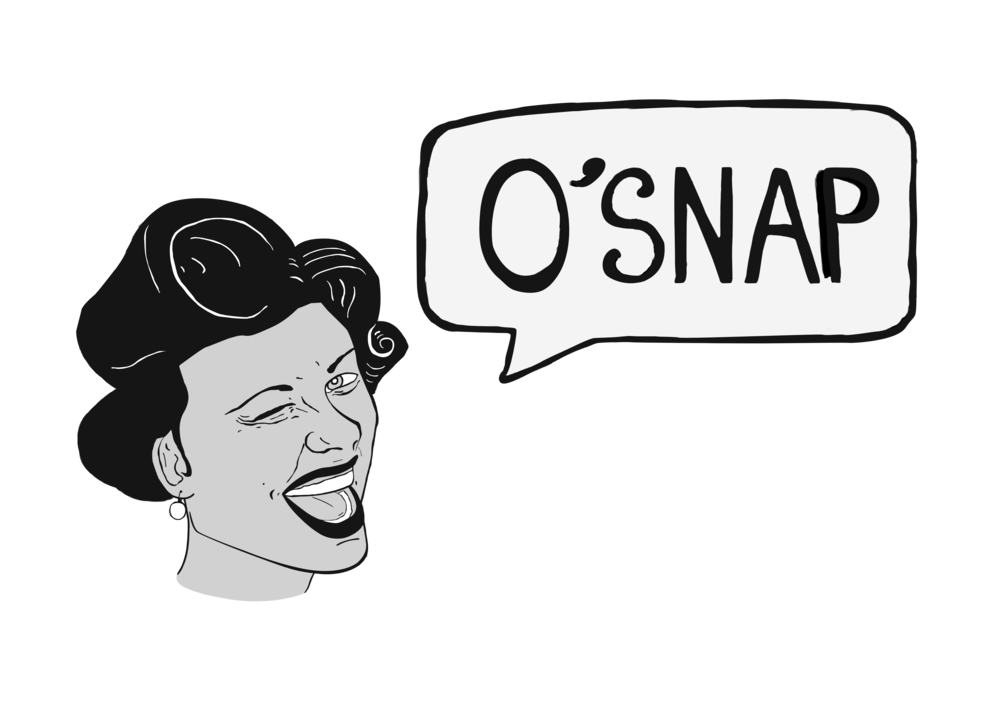Have you ever had an idea in your head that you simply could not get shake? That’s what happened to me when I started thinking of what I wanted to make for my Bachelor degree. It was two years in the making from that point on, and it was a great experience. The above film is just a trailer I made prior to flying over to California, a case study.
THE IDEA
I had an idea about what kind of film I wanted to make. It was to not make a film about cars, even if it might appear to be one at first glance. I have known Fredric Aasbø for a few years – and he’s always intrigued me as a figure. He’s a down to earth guy, but when he’s wearing a helmet he has a look in his eyes that could kill. He’s an athlete in every aspect of the term. You won’t see him sweat, even if he is. The aim of this film is to get behind the media-friendly, sportsmanlike and polished appearence of a World Champion. Analyzing the mind of someone who’s accomplished his greatest achievement of his life so far, and how he’s able to keep his motivation up for what’s next. The fact that Aasbø drives cars doesn’t actually matter for the core story of the film – he could literally be doing any other sport, like Golf or Football. The core story of the film should be the same.
RITES OF PASSAGE
Filmmaking is, in my opinion, one of the most complex creative forms of visual art and storytelling. You tell a story with visual elements, sound, storytelling and emotion. Add some graphics and music, and you tick almost all the boxes on one product. The challenge I set up for myself was that I wished to prove to myself, and show others, what I was capable of producing on my own as far as possible. A rites of passage, or a manhoods test so to say. I did do almost everything myself, except make the music. In addition, I was lucky enough to trick my swedish friend Dennis Steyvon to join my 17-day trip to California last minute. He acted as my assistant director when shooting scenes. Keeping me in check on the points I needed to cover in order to move the narrative in the right direction in each scene. Asking the questions for me when I lost track, as I was busy operating the camera and audio.
As hard as it actually is, pushing the boundries of yourself and your skills is what I think is the upmost prominent feature of a creative person. With this comes being a perfectionist, always striving to make it better – and sadly, more often than not, never being completely satisfied with anything. I believe that this is what makes progression. It keeps you motivated to become good at something. The whole 10,000 hours theory. Honestly, this film scared me to death to make. There were a number of things that could go terribly wrong, on the top of my list was “what if this film sucks and I’ve wasted a lot of money and time” with a close second of “What if I’m not good enough?” (the last one I never think I’ll be in my own head), but thankfully there wasn’t any way I wasn’t going to make a film of the best of my abilities.
SCRITING THE UNSCRIPTABLE
“In feature films the director is God; in documentary films God is the director.”
Planning a documentary film is in it’s virtue a necessity, but also a somewhat impossible task. The very notion of a documentary is that is is based in reality and truth. Especially when you are documenting real life and recording events as they happen. But what I have come to learn is that you have to treat any story like a fictional story. How will the narrative your telling be translated to the audience on the screen. With this you have a great power as a documentarist. You can choose to tell your subjects story any which way you please, but it also comes with the responsibility in portraying them in a fair en respectful way that is somewhat accurate.
The point is, the challenge you face with documentaries is portraying reality in a way that makes sense for the audience. Having a film that has a start, a middle and an end. Scenes that give you information that leads the story forward to the next scene. They needs to be carefully planned to the point where you know what each individual scene contains and the relation it has to the scenes in front and after. In fictional films this is ”easy” – as if a scene doesn’t work you can change it until it does. With documentaries you have to be prepared in a way that you can make it work on the fly. You can’t always ask for things to be repeated. The trick is to be in control without being able to be it. Always be one step ahead of the story, but be ready to kill your darlings if the story decides to take another route. You can’t deviate from a plan if you don’t have a plan to deviate from.
Stay Hungry wasn’t just a film I needed to make, or a story I needed to tell. Although I do think that I channeled a lot of my own thoughts and questions through Fredric and into the film. Of course I see a lot of things I wish I could improve on, like I always do. But at the same time I’m proud of what I did, and what I achieved. In this process I learned a lot about myself, some of the questions I asked were answered and I think the experience made me not only grow as a creator and filmmaker, but also as a person.
Now that you’ve read all this, if you made it this far, here’s how the finished film turned out. I can look back at it now with a sober mind and see what’s good about it and what could be better. What do you think? Let me know in the comment section or fire me an E-mail with any questions or inquires.
Thanks for reading,
Daniel


